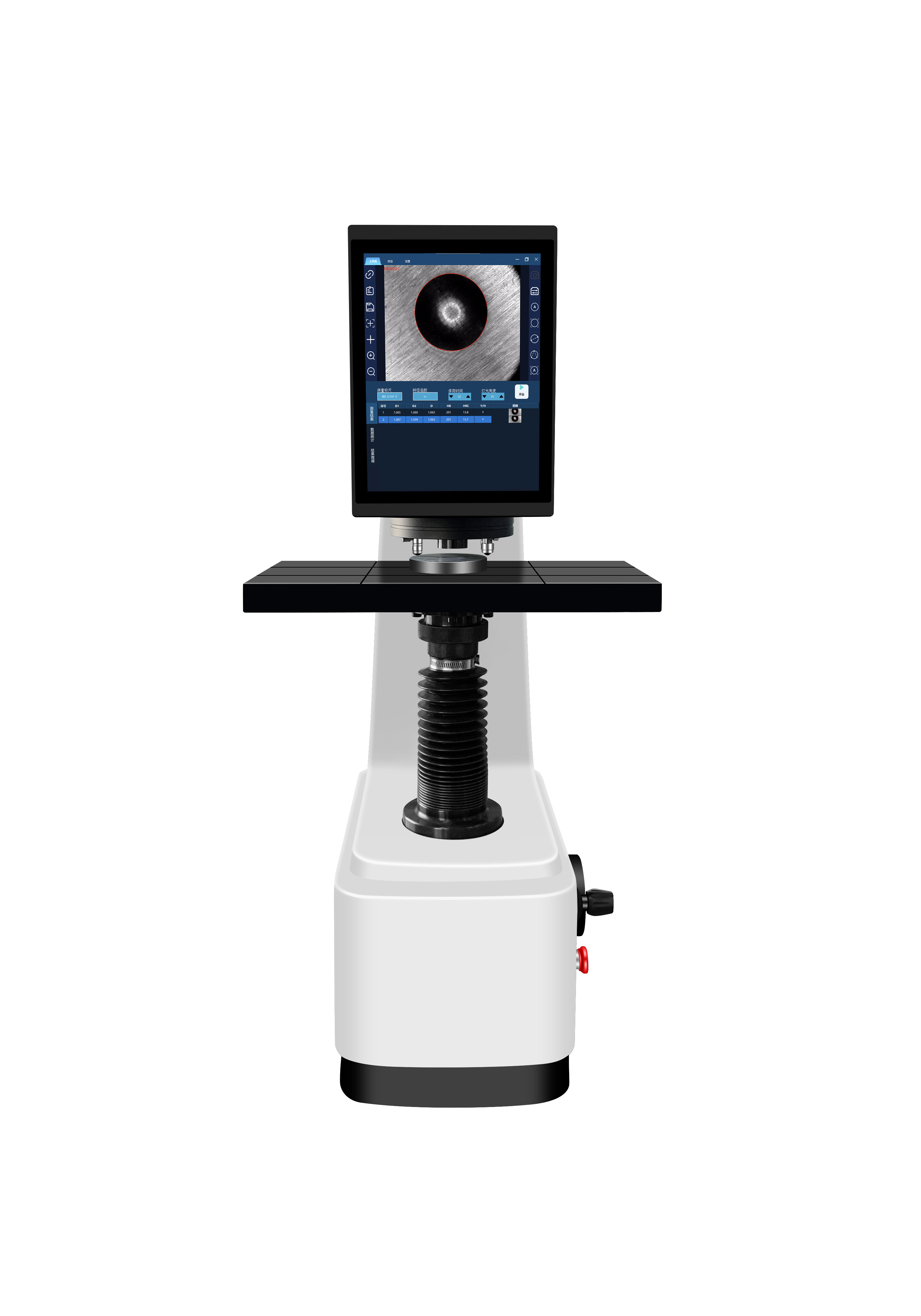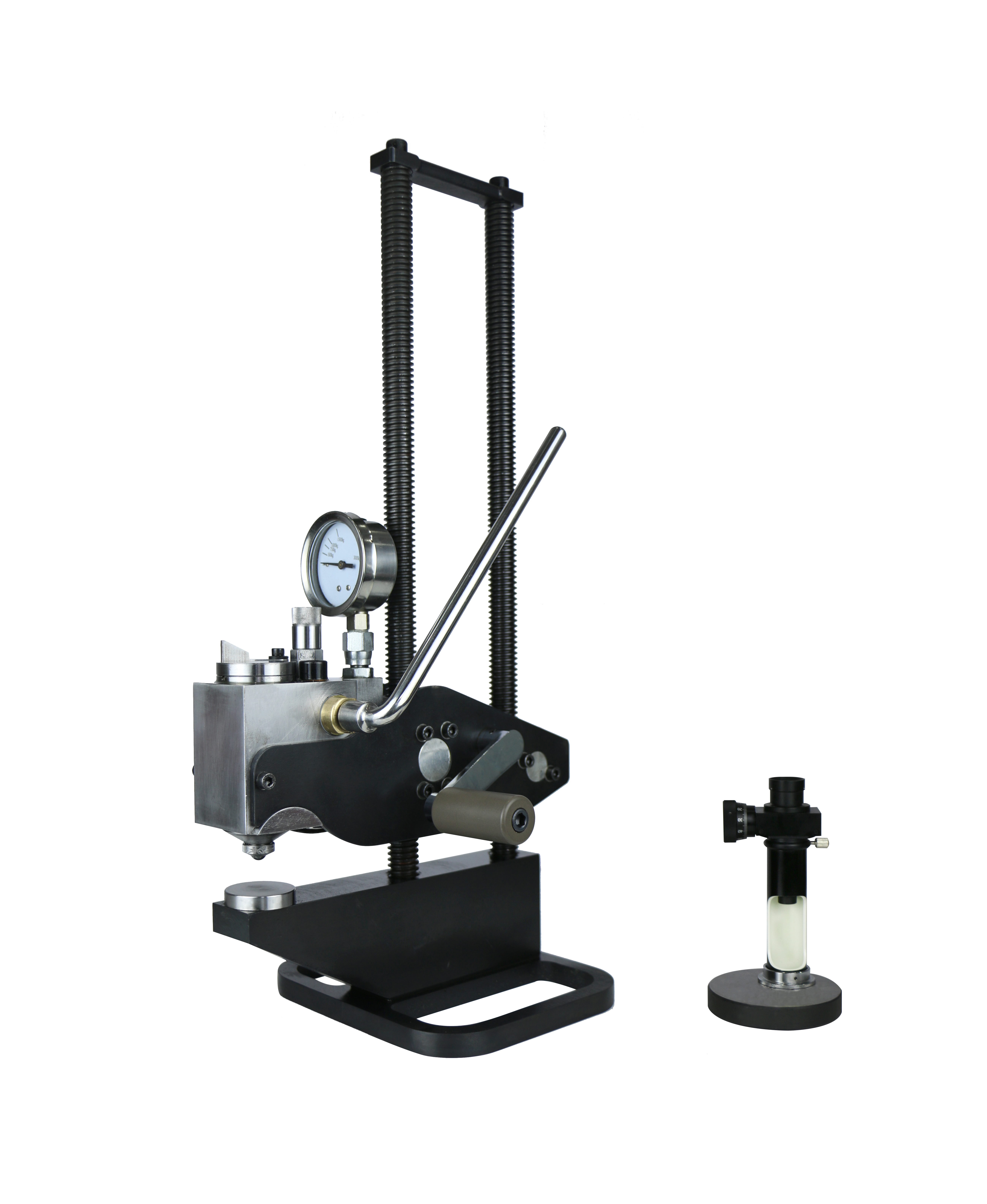
In the world of materials science and engineering, understanding the hardness of materials is crucial. Hardness testing plays a vital role in determining the quality, performance, and suitability of materials for various applications. This article will take you on a journey to explore the development of hardness testers, dissect their working principles, compare the differences in different hardness testing methods, and showcase their applications in modern industry.
Hardness testers have come a long way since their inception. In the early days, they were rather rudimentary, with simple designs and limited capabilities. As technology advanced, these devices gradually became more sophisticated and accurate. From the basic manual operation to the current state - of - the - art automated systems, the evolution of hardness testers reflects the continuous pursuit of precision and efficiency in materials testing.
The working principle of hardness testers involves the interaction between an indenter and the material being tested. When a specific load is applied to the indenter, it penetrates the surface of the material. The size and shape of the indentation left on the material are then measured, and based on these measurements, the hardness value of the material can be calculated. To better illustrate this process, take a look at the following image:

For example, in the Brinell hardness test, a hardened steel or carbide ball is used as the indenter. A large load is applied for a specific period, and the diameter of the indentation is measured. The Brinell hardness number (BHN) is calculated by dividing the load by the surface area of the indentation. This method is suitable for testing relatively soft materials such as cast iron, non - ferrous metals, and soft steels.
There are several different hardness testing methods, each with its own unique principle and application scope. Here is a comparison table:
| Testing Method | Indenter | Applicable Materials |
|---|---|---|
| Brinell | Hardened steel or carbide ball | Soft materials like cast iron, non - ferrous metals |
| Vickers | Square - based pyramid | Metals, ceramics, and thin films |
| Rockwell | Diamond cone or steel ball | Hard metals and alloys |
Let's take a real - world example. In the manufacturing of automotive engine parts, different hardness testing methods are used according to the materials of the parts. For aluminum alloy parts, the Brinell hardness test might be used, while for high - strength steel components, the Rockwell test is more appropriate.
Hardness testers are widely used in modern industry. In the aerospace industry, ensuring the hardness of materials used in aircraft components is essential for flight safety. In the electronics industry, hardness testing helps to select suitable materials for semiconductor packaging. The following image shows a portable hardness tester, which is very convenient for on - site testing:

We would like to hear from you! Have you ever used a hardness tester in your work or study? What kind of materials did you test? Share your experiences in the comments section below.
If you want to learn more about hardness testers and their applications, we recommend reading some industry - leading materials. You can also visit our website for more in - depth information and resources. Start exploring the world of hardness testing today and make more informed decisions in your projects!